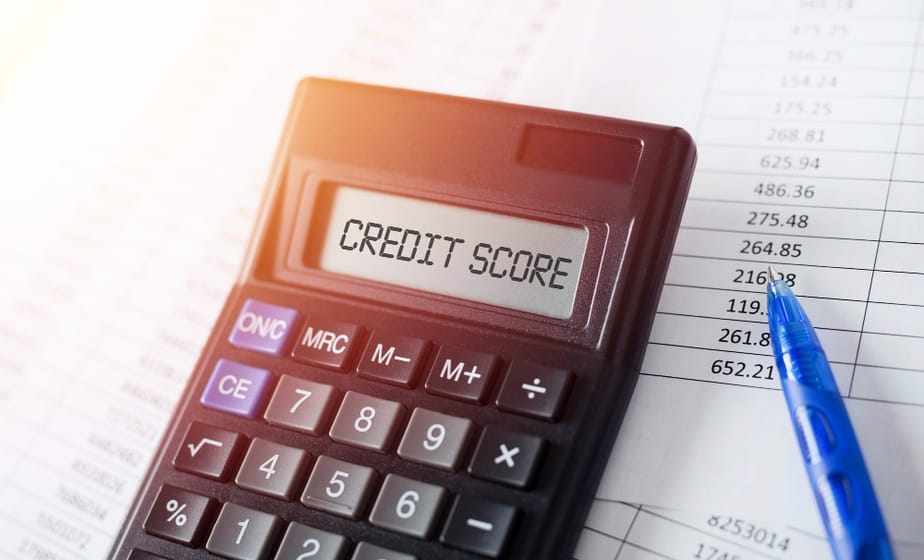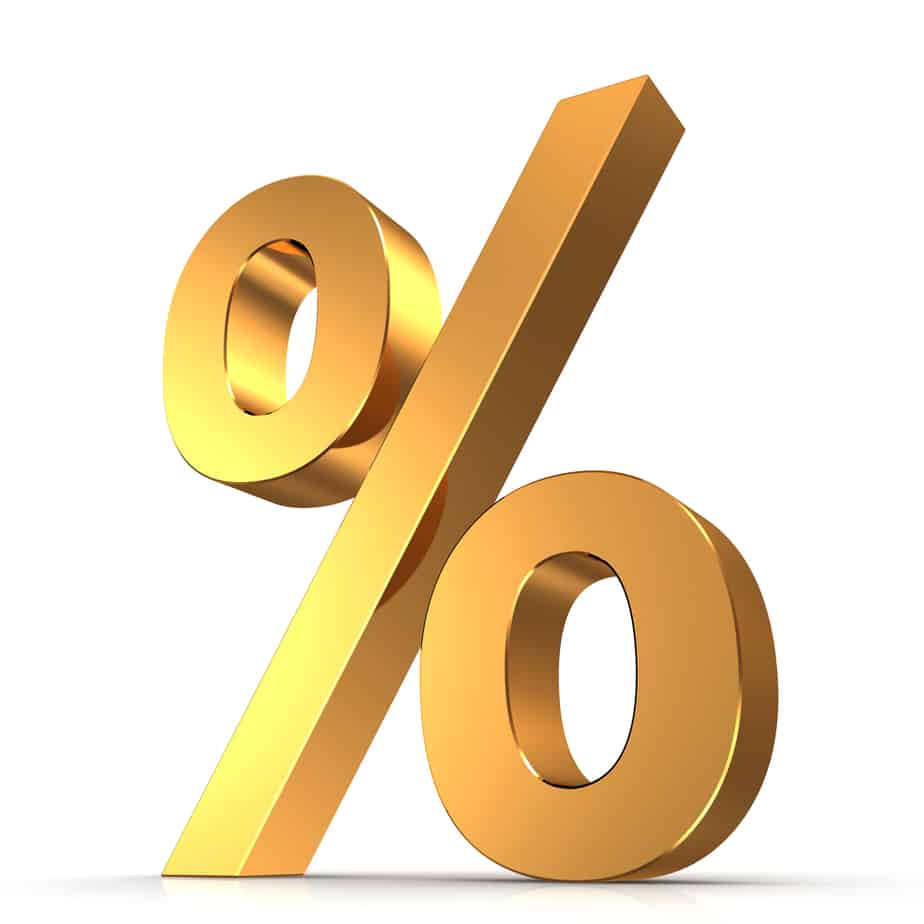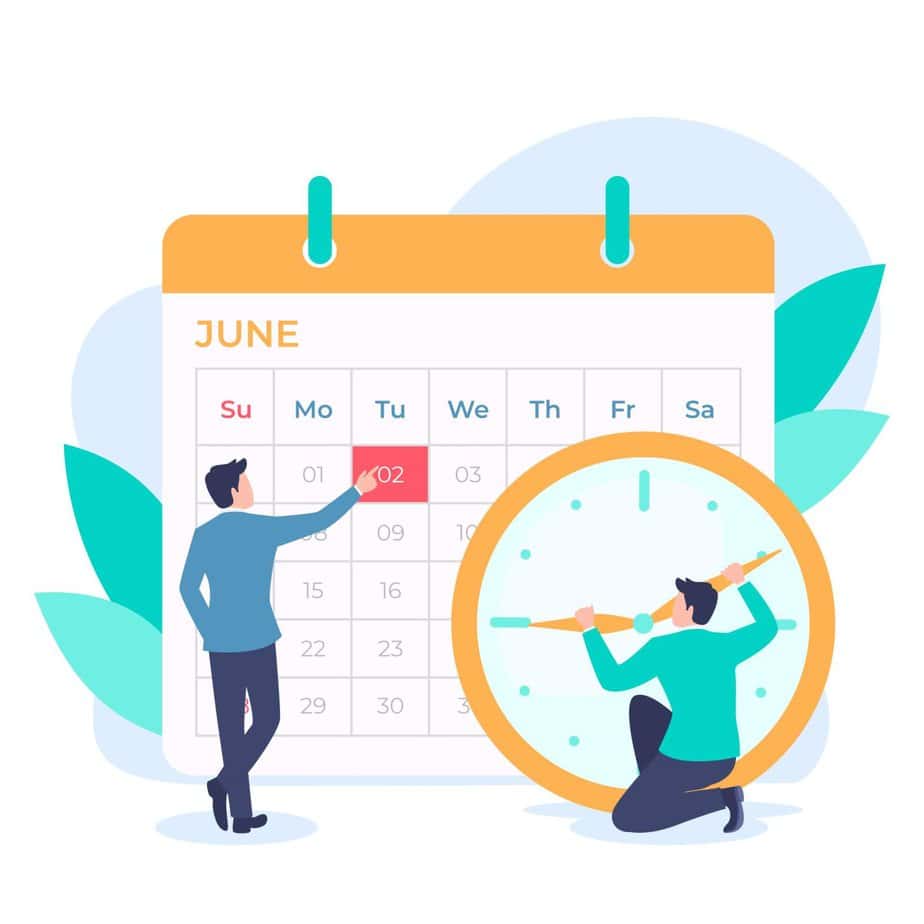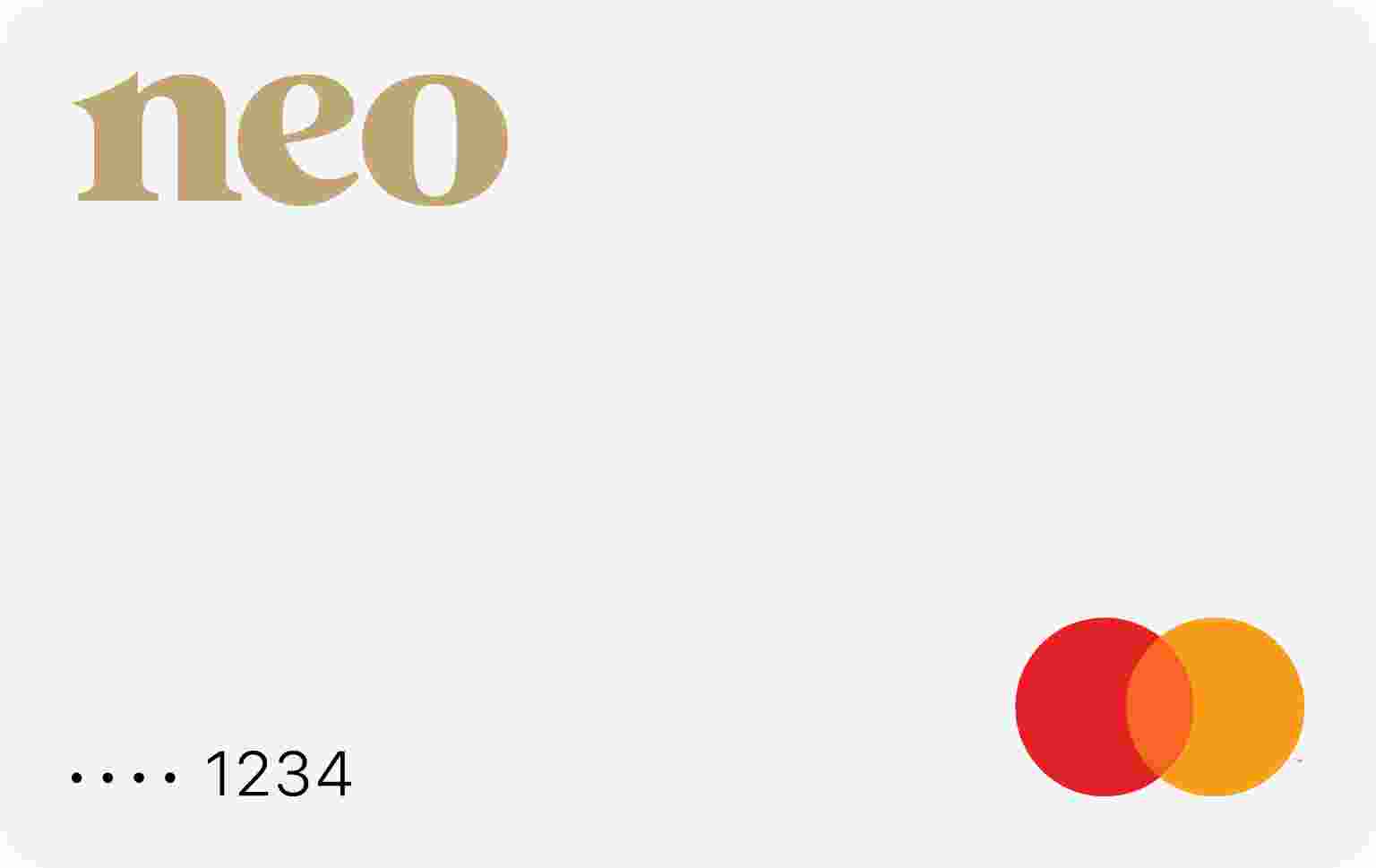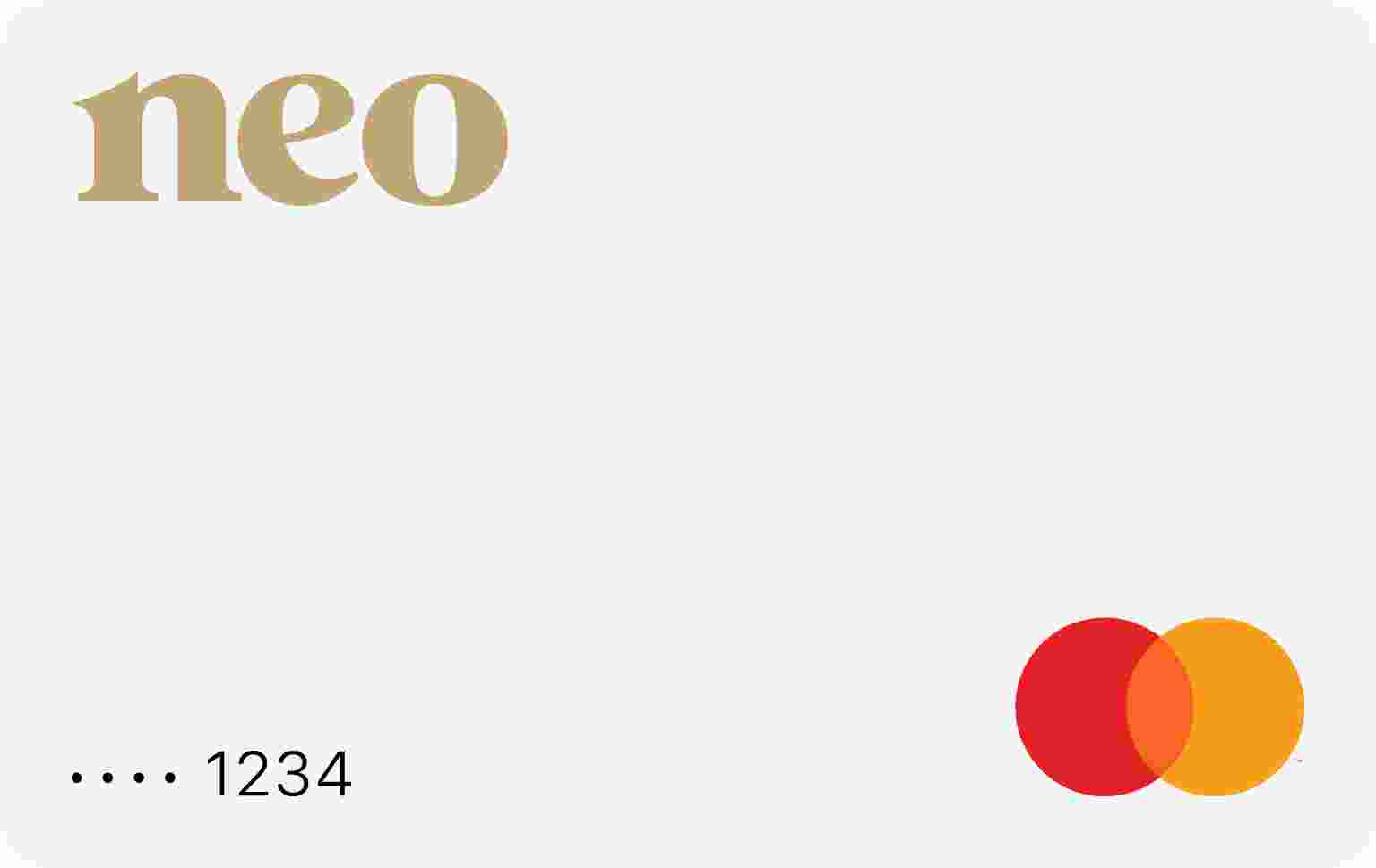Are you planning on getting a credit card? Do you own a credit card already and just want to avoid debt?
Every credit card owner is at the risk of debt. Too much debt on a credit card can take years to pay off. If you are a new credit card owner, or if you find yourself entangled in the mess already, this article can help.
Tips to Avoid Credit Card Debt
Have an emergency fund
Most people use their credit cards when an emergency arises (e.g. for paying medical bills or after a car breaks down). Setting aside a fund for emergencies which is typically 3 months’ worth of your overall expenses will help you not rely on your credit card during unforeseen circumstances.
Buy only things you can afford
Treat your credit card as cash and only swipe it on stuff you can afford.
Pay your balance in full and on time every time
Once you miss a payment, not only will you have to make up for the missed payment, but you will also have to pay the late fee and interest rate. This not only puts a strain on your budget, but it also puts you at risk of using your credit card again to make ends meet.
Understand your credit card terms
It is recommended that you read through your credit card agreement. Make sure you understand the interest rates, fees, billing dates.
Keep away from unnecessary balance transfers
Balance transfers can increase your balance because providers charge a balance transfer fee. As much as possible, use balance transfers only if you have a good reason to so, such as to take advantage of a lower interest rate. If you really need to transfer your balance from one card to another, use our Credit card comparison tool to help find the best balance transfer credit card based on your needs.
Avoid cash advances
Cash advances are one of the most expensive forms of credit card debt. They have high interest rates on top of the cash advance fees. It is advised to Use them as a last resort. Most importantly, avoid cash advances by making sure to set a budget and to have an emergency fund.
Never let anyone borrow your credit card
As mentioned previously, treat your card like you would with cash and never lend it to anyone else. Even if that person promises to pay your credit card bill, you are the one responsible for any charges on your credit card. This means that if he or she refuses to pay on time, you will ultimately have to pay the balance (and interest).
Limit the number of credit cards you own
The more cards you have, the more you are at risk of debt. Most people keep up to 3 credit cards with them.
Know the signs of credit card debt
Learn to recognize early warning signs such as being unable to pay your balance in full. Once your see the signs, you can follow our tips on how to reduce your debt below.
The best way to reduce credit card debt
Feel like you are drowning in debt? You are not alone. A recent poll reveals that the average Canadian owes $8,500 in consumer debt, excluding their mortgage. Another survey discovers that Canadians who believe their credit card is “average” actually have above average debt.
If you are struggling with credit card debt, here are a few things you can do to build a debt reduction strategy.
Step # 1: Make a list of all your debts
Record the name of the credit card provider, how much you owe, the interest rate, and your current monthly payment.
Step #2: Find out how much you can afford to pay each month
Get out of debt as quickly as possible by making it a priority to pay your balances each month. Start creating a budget to figure out how much money you have to pay your debt. If needed, you can find ways to increase your debt payment budget by:
- Earning extra money through a second job.
- Selling some assets.
- Lowering your living expenses such as cutting back on discretionary spending, taking your lunch to work, and finding ways to save.
- Using cash for purchases instead of your card or better yet, postpone purchases for a while.
Step #3: Make your payments a priority
Structure your debts in the order that you want to pay them off. There are two options for this:
- Pay the highest interest rate credit card first. This allows you to pay the most expensive debt as early as possible. In addition, it can help you save money faster and allow you to get out of credit card debt sooner.
- Pay off the small balances first. Also known as the debt snowball method, it encourages people to focus on the “small wins” and get the momentum going.
Step #4: Consider a balance transfer card
The idea behind getting a balance transfer credit card is to pay less in monthly interest while working on your debt payment plan. There are balance transfer cards that offer 0% interest for a limited time (up to 12 months). However, make sure to read the terms and conditions carefully and check how long the low/ no-interest period lasts. Here is our list of the best balance transfer credit card.
Remember, the goal is to use balance transfer to pay down the debt, and not have additional balance from month to month.
If you are not familiar with balance transfer credit cards you can learn more here.
How to get out of credit card debt: A few things to remember
Regardless of which method of debt repayment plan you choose, the important thing is to keep up with all the minimum payments. Do this while you put extra money toward eliminating credit card debt.
If you are struggling with credit card debt, do not feel like eliminating debt is out of your reach. Making small steps are impactful. The important thing is that you are taking some action and every payment count.

